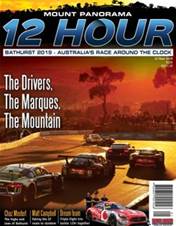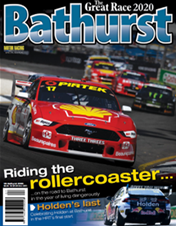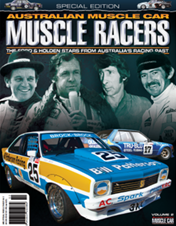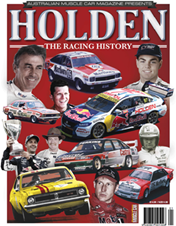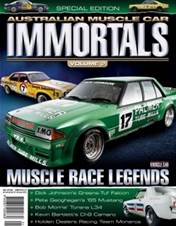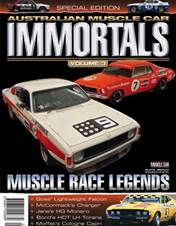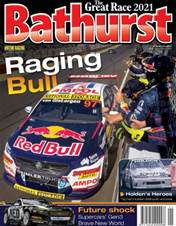Joe Felice was the man who made it happen for Holden in motorsport through the 1970s – he was the connection between the racing effort and head office, and he was the keeper of the General’s cheque book.
Holden’s involvement in racing started with the mid-‘60s appointment of John Bagshaw as sales and marketing manager. Bagshaw saw racing as a way of shaking off Holden’s image as a solid, dependable (rather than exciting, as well as solid and dependable) brand, which he saw as the key to arresting the inroads into Holden’s market share that were steadily being made by Ford and Chrysler.
As Bagshaw’s right-hand man, Joe Felice was charged with the task of overseeing Bagshaw's planned Holden racing effort. It was a big responsibility for a 21-year-old – especially given the entire programme was operating on a clandestine basis to get around GM’s worldwide corporate ban on racing!
Felice was the connection between Holden head office and the covert racing operation – the Holden Dealer Team – which Bagshaw had set up, even poaching Harry Firth across from Ford to run the team. The HDT was cloaked in the illusion of it being a rally team that was funded by Holden dealers, when in reality it was a race team that also went rallying, and was solely funded by Felice via his GM-H company cheque book.
Felice’s brief was to do whatever it took to beat Ford (and, for a short while, Chrysler) on the track. He fostered the Holden Dealer Team, and famously sacked Peter Brock at the end 1974 and then Firth three years later (decisions Felice described as the lowest moments of his career), as well as ushering in a decade of classic Torana muscle – the six-cylinder LC and LJ XU-1s, and the 5.0-litre V8 L34 and A9X.
It was Felice who brought in John Sheppard to replace Firth, a decision which resulted in a dramatic turnaround in Holden’s on-track fortunes, culminating in the unprecedented six-lap victory for Brock and Jim Richards at Bathurst in 1979.
As Holden’s motorsport conduit, Felice had been a central figure in the bold (but stillborn) plan to run a 5.0-litre V8-powered XU-1 at Bathurst in 1972. Rumours of the new V8 Torana and a Phase IV XA Falcon GTHO led to the infamous ‘Supercar Scare’ political media frenzy that helped kill the Bathurst enduro as a race for standard road cars.

It also went close to claiming Felice’s job, because within GM-H the finger of blame for the public furore was pointed in his direction. But behind the scenes Bagshaw defended his young lieutenant, and Felice’s position was saved.
Felice’s company car at the time had been one of the V8 XU-1 prototypes. Unfortunately (and embarrassingly, given it was meant to be a secret prototype) the car ended up being stolen; it was later recovered and was basically intact apart from the absence of the V8 engine. With the V8 XU-1 programme being canned, a six-cylinder engine was installed in the XU-1 and Felice resumed using it as his GM company daily drive – until it got stolen a second time!
AMC extends its sympathy to Joe Felice’s family and close friends.





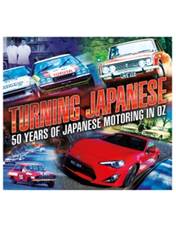
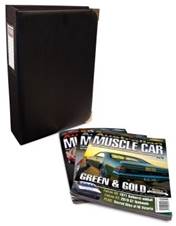


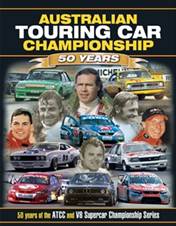

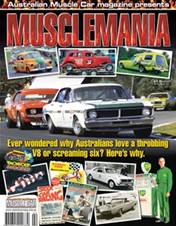
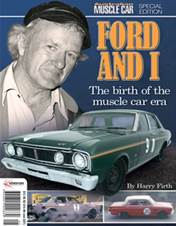
.jpg&q=70&h=226&w=176&c=1&s=1)
